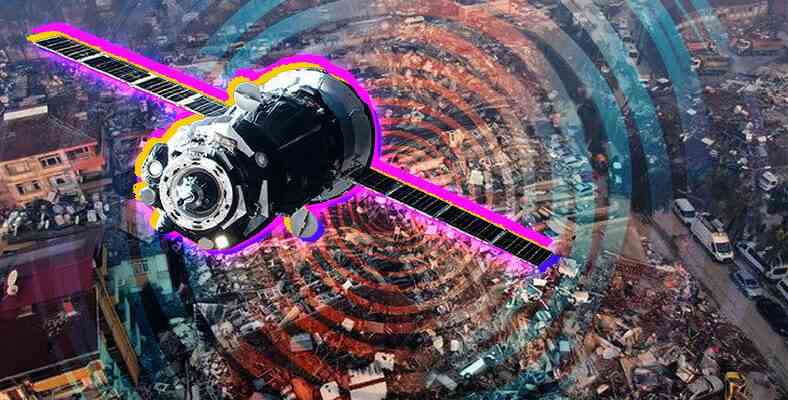Satellites, perhaps one of the most important inventions in history, are almost silent lifeguards in terms of saving thousands of lives due to the opportunities they provide. So how do we use this cutting-edge technology and how can we make it even more useful?
Our country is affected and already more than 15 million After the disasters of February 6, when the victimization was experienced, all possibilities were directed to rescue efforts.
Undoubtedly, the most needed of these opportunities is for the victims. uninterrupted internet and telephone traffic provision. This is where satellites come into play.
Satellites can be used upon request from states, especially after major disasters such as earthquakes. In this way, it is possible to examine the affected areas in detail by using images such as the 2015 Edirne flood impact area images below.
Satellites that fundamentally changed our daily lives in the short term, to summarize, starting with the putting Sputnik-1 into orbit. A product of the Space Race and one of the most important inventions in human history.
Its main task is between different points of the Earth. provide instant communication Satellites are now a technology that all people can benefit from thanks to their mobile phones, even in difficult days.
Monitoring natural disasters and their damages, including earthquakes, thanks to satellites., trying to anticipate potential disasters to take precautionary measures and natural disaster victims to communicate instantly possible.
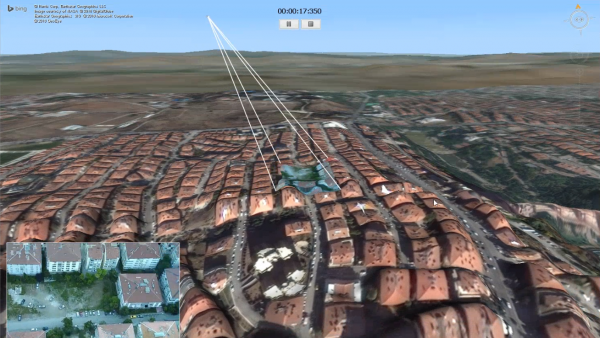
AFAD has benefited from satellites many times until today within the scope of projects such as “Post-Disaster Snapshot Transfer Project”. According to AFAD, this project consists of three modules:
- Snapshot Transfer Systems: The resulting images are transferred to ground stations.
- Satellite Infrastructure Communication Components: Obtained images go back and forth between ground stations and AFAD, and communication is established.
- Instant Projection of Video Images to Two and Three Dimensional Maps: The resulting images are projected onto two- and three-dimensional maps to measure the magnitude and damage of the disaster.
In the technologies preferred by AFAD, “AYDES – UZAL” and “AYDES – Crowdsource” software are used, as well as electro-optical satellite technology, aerial photography technologies, synthetic aperture radar (SAR), object-based image analysis and texture analysis algorithms and software, facilitates post-disaster recovery efforts.
The European Union, which activated its satellites from the first day through the Copernicus Program and prepared a search and rescue team of 1155 people in a short time, leads the satellite support from abroad to Turkey.
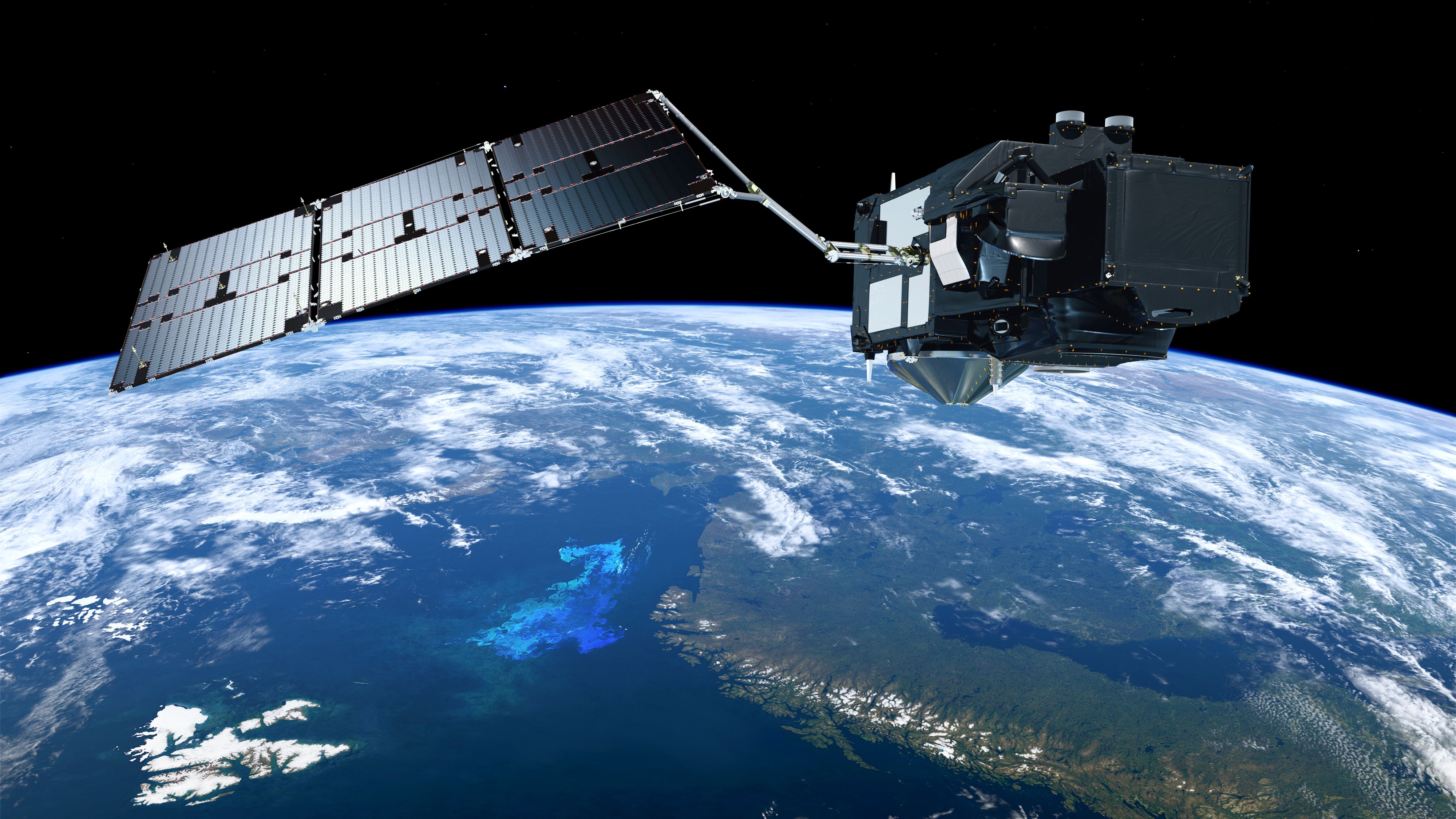
On the morning of February 6, not only Turkey but the whole world, including our European neighbors, woke up to a tragic day. At 07:04, AFAD announced that the United Nations has activated 797 times in 154 countries so far. Activation of the “Space and Major Disasters” regulation Upon his request, the button was pressed for international aid purchases to Turkey. This call for help included the request to mobilize as many satellites as possible for Turkey in the international arena.
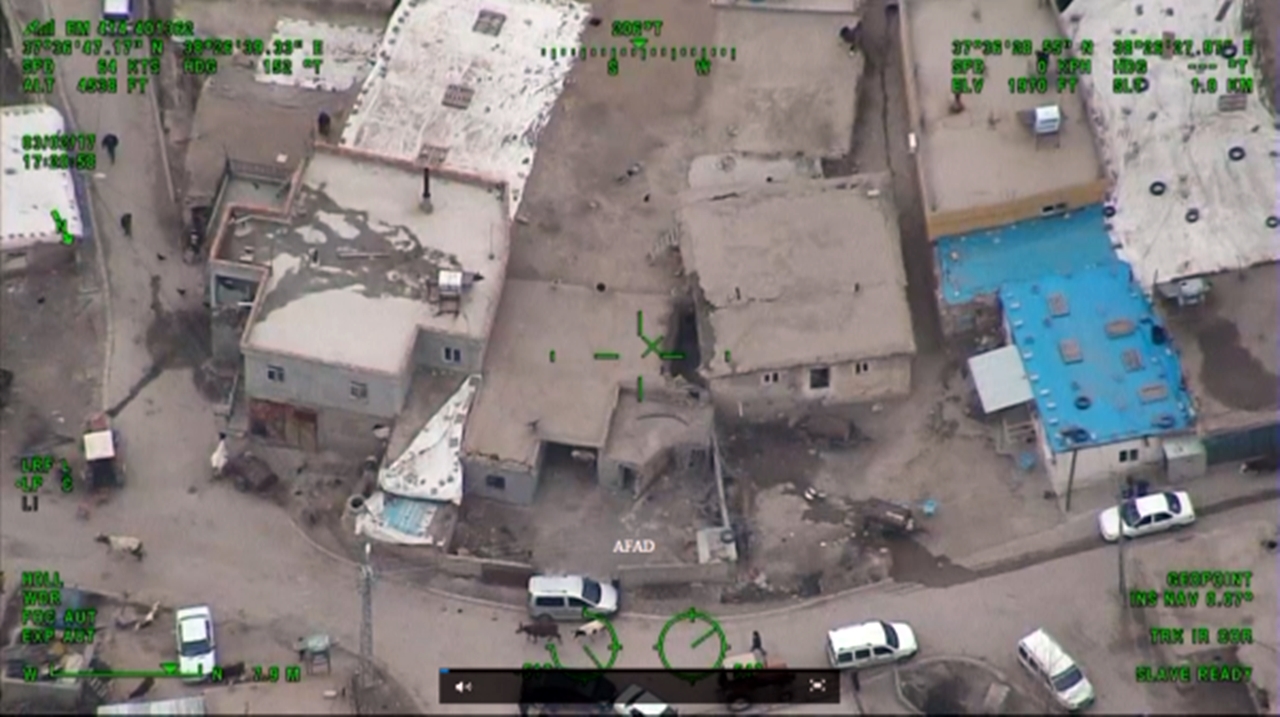
- Image: After the 5.5 magnitude earthquake that occurred in Adıyaman Samsat on March 2, 2017, the video footage of the disaster area was transmitted to the crisis center in real time and analyzed.
Thanks to this regulation, satellites can be activated upon the request of any state in case of major disasters such as the February 8 earthquakes. Austria, Bulgaria, Croatia, Czechia, Estonia, France, Greece, Hungary, Italy, Malta, Netherlands, Poland, Romania, Slovakia, Spain, Portugal, Germany, Albania and Montenegro in response to Turkey’s call for help A rescue team of 1155 people They created and depended on the European Space Agency’s Copernicus Programme. mobilized their satellites.
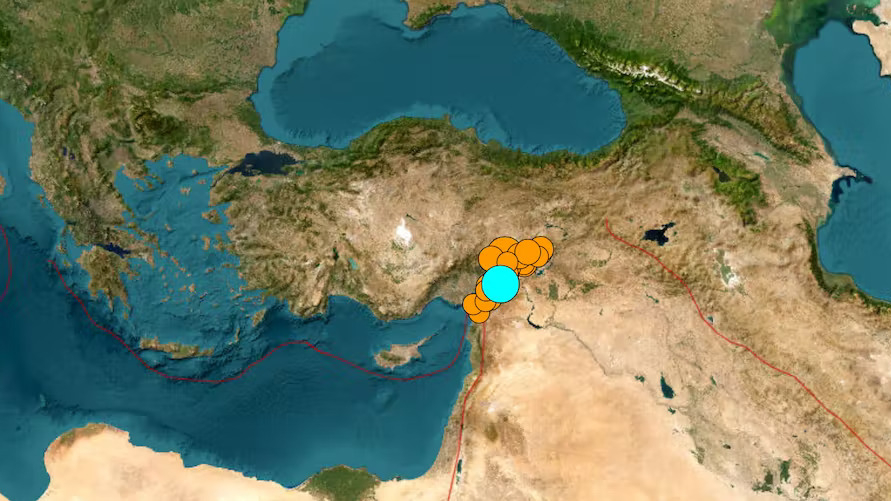
As you can imagine, AFAD had already conveyed the location information that these teams would need in the call for help. Thanks to this location information and the additional details required, especially satellites such as the European Space Agency’s (ESA) seismograph satellite GOCE, where was damaged And where may need the most urgent interventions It can be analyzed in detail and forwarded to all rescue teams. Thanks to such satellites, of which an average of 60 can be used at the same time, millions of lives have been saved after natural disasters.
So how can we use satellites to support rescue efforts?
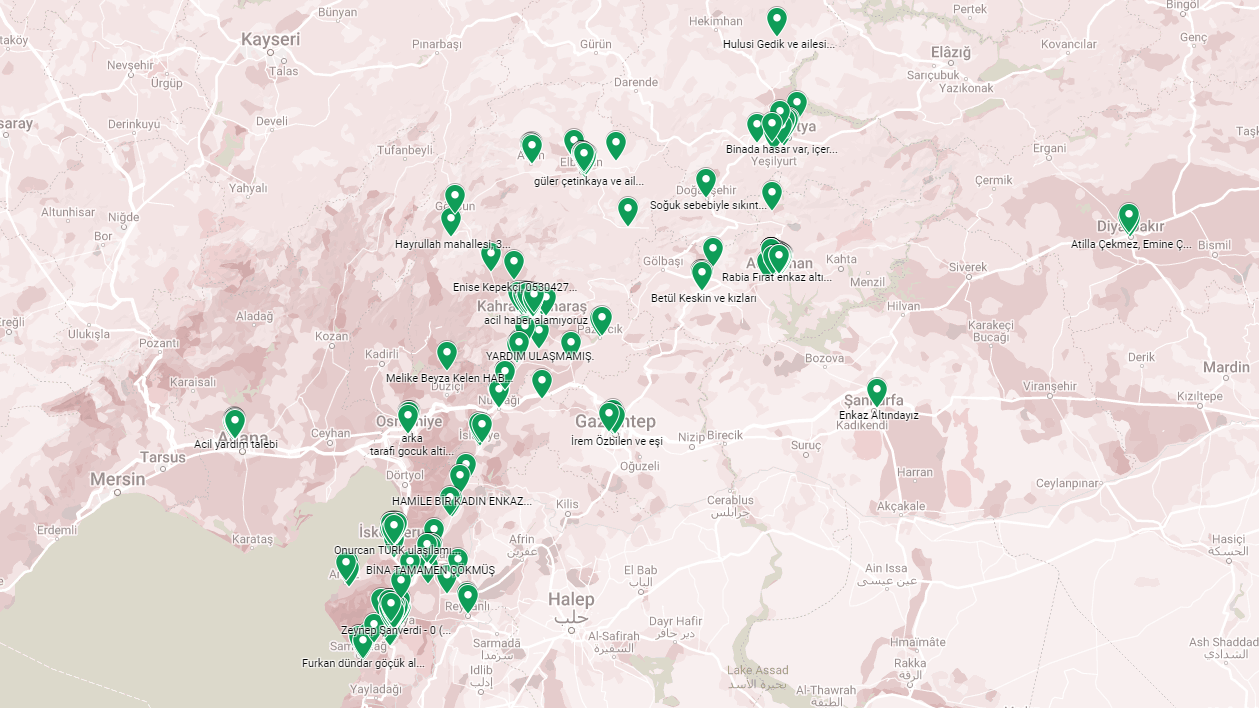
the internet itself And all the devices we use, one way or another, they work thanks to satellites. Therefore, we make active use of satellites every day. Of course, while we are provided with all these extra satellite opportunities, it is possible for us to use them to support search and rescue efforts.
